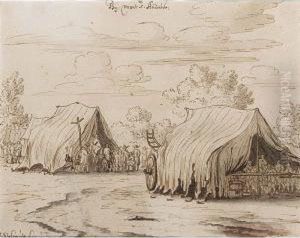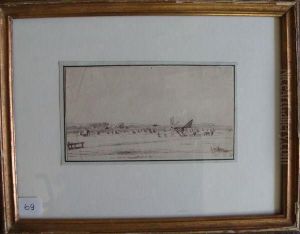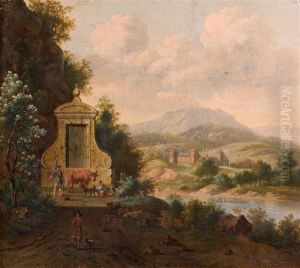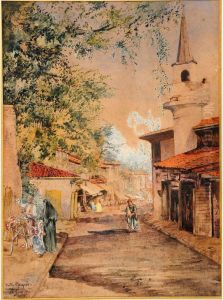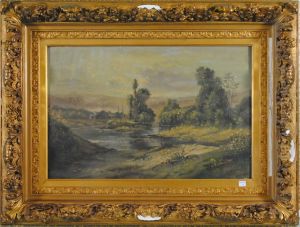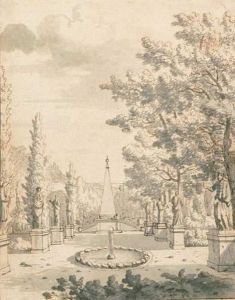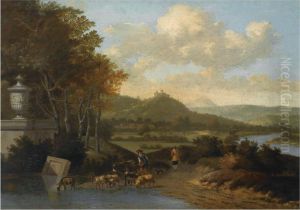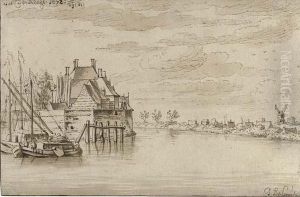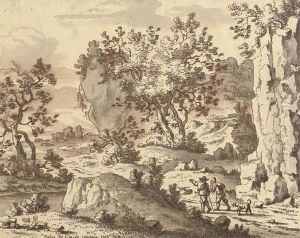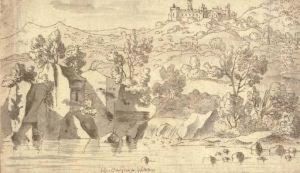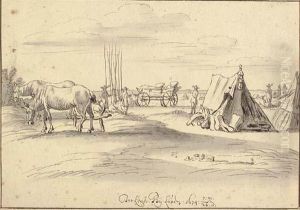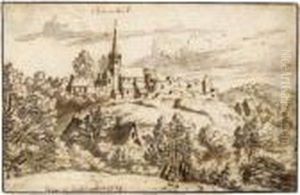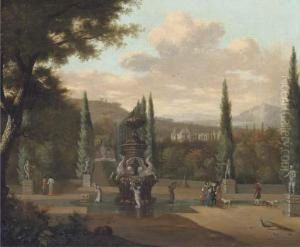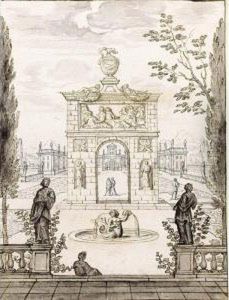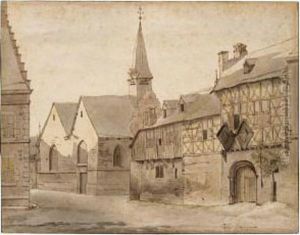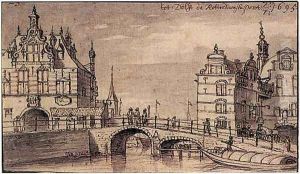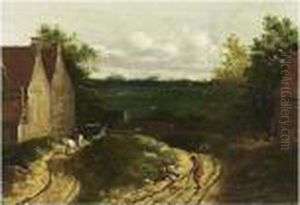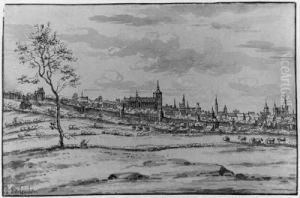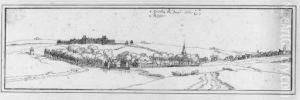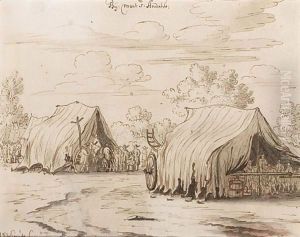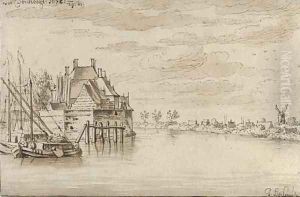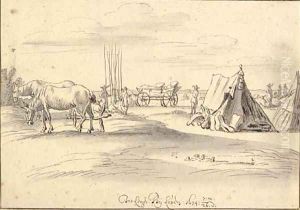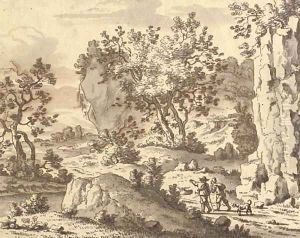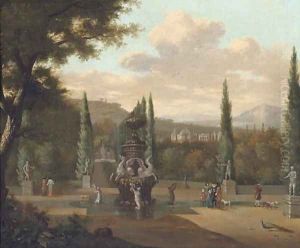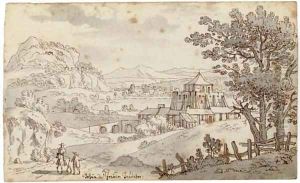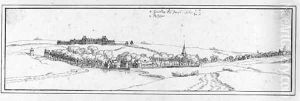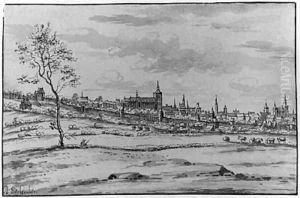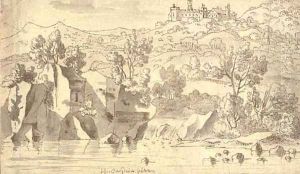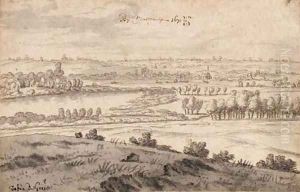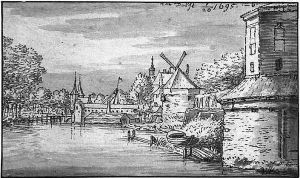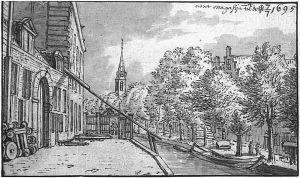Josua de Grave Paintings
Josua de Grave, also spelled as Joshua de Grave, was a Dutch painter and draftsman known for his detailed topographical drawings and paintings. Born around 1643, his exact place of birth is not well-documented, but it is believed that he was active in various regions of the Netherlands during his lifetime.
De Grave's works primarily consist of landscapes, cityscapes, and fortifications, reflecting his interest in capturing the essence of the places he visited. His attention to detail and ability to depict architectural features with precision made his works valuable not only as works of art but also as historical records of the urban and rural environments of his time.
De Grave traveled extensively throughout his career, which is evident from the variety of locations featured in his artworks. One of his significant journeys was to France, where he spent several years documenting the landscape and towns. The drawings he produced during his time in France are considered particularly important as they provide a unique visual record of the country's scenery and architecture during the 17th century.
Despite his evident skill and the historical importance of his work, Josua de Grave is not as widely known as some of his contemporaries. The relatively small number of his surviving works and the lack of comprehensive records about his life have contributed to his relative obscurity. Nevertheless, his surviving drawings and paintings are highly regarded by art historians and collectors for their contribution to the understanding of Dutch and French topographical art of the late 17th century.
Josua de Grave's death is believed to have occurred around 1712, but similar to the details of his birth, the specifics of his death, including the exact year and place, remain somewhat uncertain. His legacy lives on through his detailed and picturesque representations of the landscapes and cityscapes of his era.
